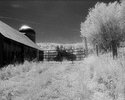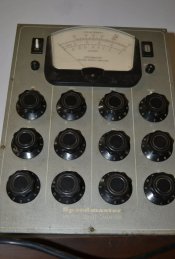As someone who has recently been neck deep in tinkering with densitometers (though my interest has been on the reflection side so far), I've actually begun to form some strong opinions on the whole Heiland vs X-Rite debate.
If you're only measuring B&W film/paper, then Heiland is probably going to work fine. Well, you're not going to get absolute reflection measurements, and there's no way to properly recalibrate it (they only expose zeroing it to the user, not calibrating low and high values). But it should generally get the job done and is quick and simple.
But if you're measuring color film/paper, even on a B&W scale, go with the X-Rite. It does a far better job at making sure its actually measuring the correct part of the light spectrum. (Of course the downside with the X-Rite options is that they're all old and used, and may or may not be in the best operating condition out of the box.)
Sorry if this is opening a can of worms.







